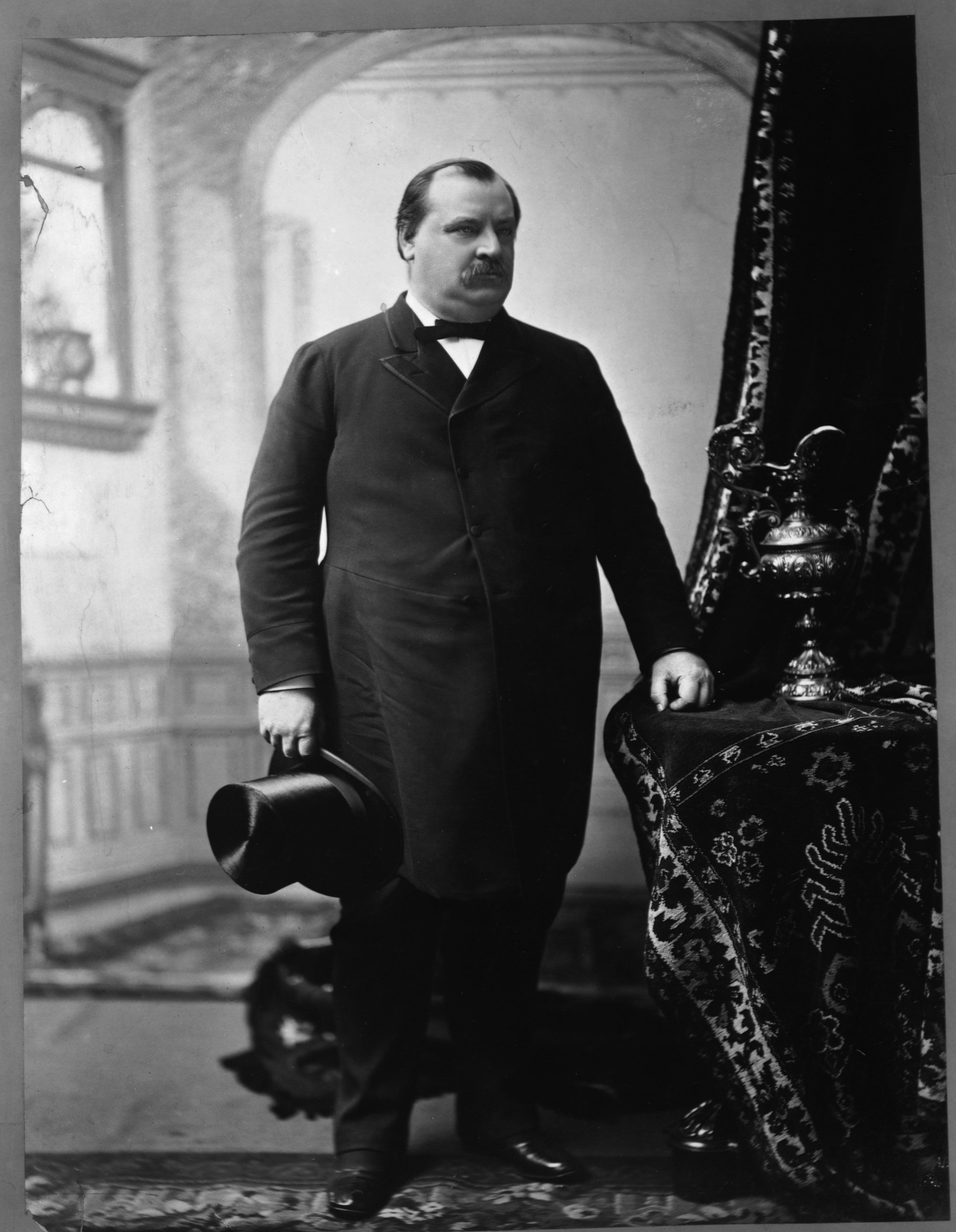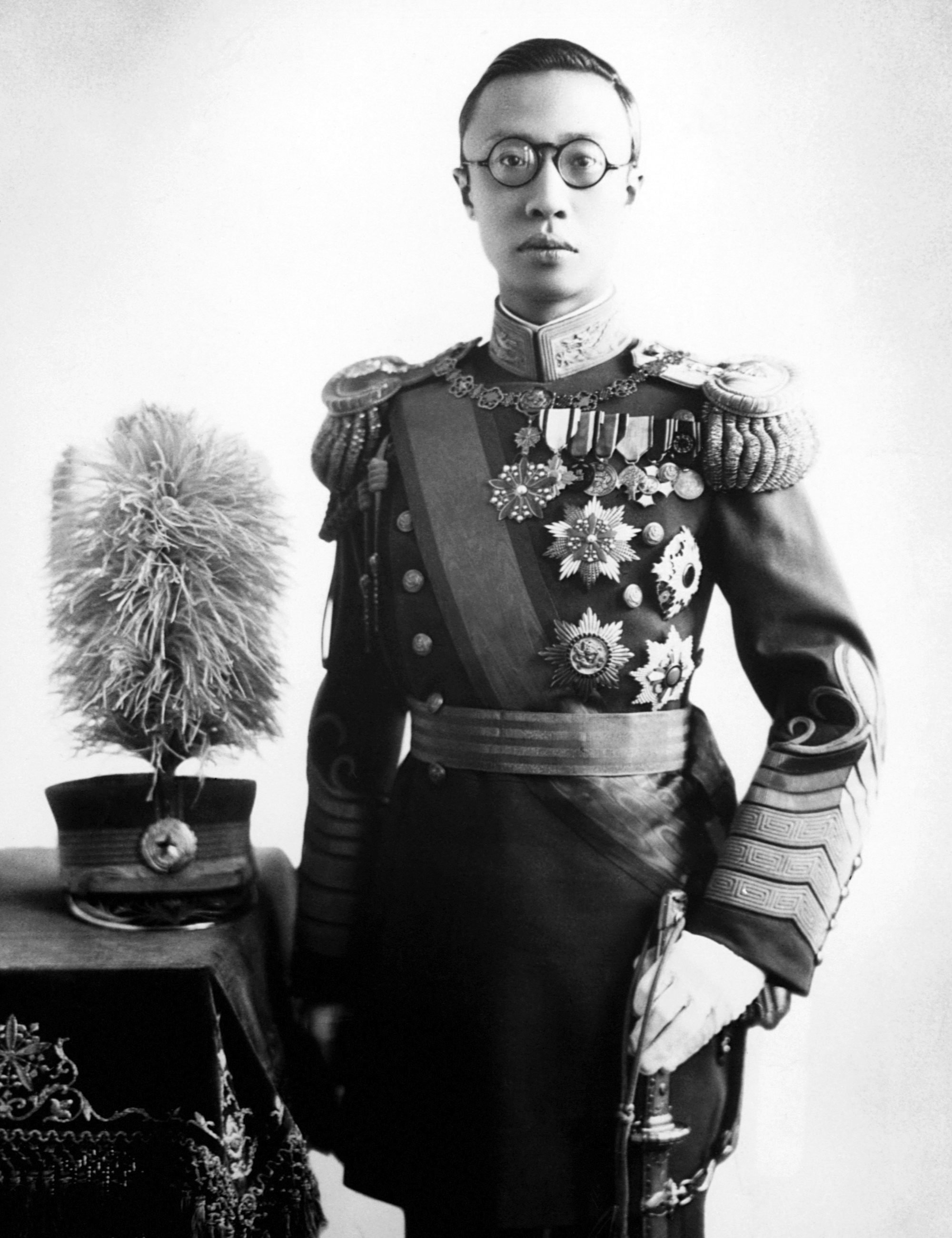
Donald Trump could be US president again. Deposed emperors in China had a ‘second term’ too, mostly by booting family members from the throne
- Americans ousted Donald Trump from the Oval Office, but he could yet return. In Chinese history, there were several ousted emperors who regained the throne
- The difference in China was they were removed by family members. In one case, an emperor who regained power lost it again – poisoned by his wife and daughter
It’s not inconceivable that Donald Trump, the 45th president of the United States, could be elected next year as the country’s 47th president.
If that happens, Trump will only be the second US president to serve two non-consecutive terms in office. The only person to have done so was Grover Cleveland, who was the 22nd (1885–1889) and 24th (1893–1897) president.
Most Chinese emperors remained emperors for the whole of their natural lives, or until the event of their unnatural deaths. There were a few abdications and retirements, but the end of a reign was meant to be permanent.
It was rare, but there were at least five instances when an emperor was reinstated for a “second term”.

Emperor Hui of the Western Jin dynasty was deposed by his great-uncle in 301, 11 years into his reign. His older relative took over as emperor, but within a few months Hui was reinstated as emperor by his other relations, and remained so until his death in 307.
The feeble-minded Hui was probably oblivious to the mayhem around him. He was the emperor who famously asked why his starving people wouldn’t feed themselves with meat porridge.
Emperor Zhongzong of the Tang dynasty became emperor in 684, but real power was in the hands of his mother, Empress Wu Zetian. When Zhongzong began to show his independence and defy his mother’s wishes, she deposed him after a year and put his younger brother on the throne.
The younger brother, Emperor Ruizong, was a veritable puppet, with Mother pulling all the strings. In 690, Wu Zetian decided to proclaim herself the emperor, and her son Ruizong “voluntarily” abdicated the throne in her favour.
After 14 years and 128 days as China’s only female monarch, the bedridden, 81-year-old Wu Zetian was forced to return political power to her son. She died a few months later of natural causes.

The reinstated Emperor Zhongzong was a weakling, and was dominated in his second reign by two women: his wife, Empress Wei, and daughter Princess Anle, who, encouraged by the example of their mother-in-law and grandmother, wanted to be female rulers.
To this end, they murdered Zhongzong with poisoned pastry in 710.
An army, nominally headed by Zhongzong’s brother and the former Emperor Ruizong, marched into the capital. Wei and Anle were executed, and Ruizong was put on the throne.
Ruizong, in his second time as emperor, was completely under the thumb of his son. He retired in 712 as emperor emeritus in favour of his son, and died four years later.
It was seven centuries before a two-term emperor appeared again. During an ill-advised military campaign against a Mongol tribe, the Ming dynasty’s Emperor Yingzong was captured by the enemy in 1449. His younger brother back in the capital took over as emperor.
How prenups and dowry laws in ancient China empowered women – on paper
The following year, the Mongols released Yingzong back to China, but the new ruler, Emperor Jing, wasn’t willing to vacate his seat. Instead, he locked his brother away for the next seven years.
In 1457, a dying Jing was deposed by leaders of a coup, who restored Yingzong to the throne, where he reigned for another seven years.
The last emperor to serve multiple terms was also the last emperor of China. At just under three years of old, Aisin Gioro Puyi became the Qing dynasty’s Xuantong Emperor in December 1908.

By February 1912, his abdication was announced and China became a republic. In 1917, a Qing loyalist staged a failed restoration, during which Puyi was emperor for 12 days.
He was emperor the third time in 1934, when the Japanese occupiers made him the emperor of Manchukuo, a role he held until Japan’s defeat in 1945.
Puyi died in 1967 as an ordinary Chinese citizen in Beijing, without any fanfare or state honours, an ignoble end to a 2,000-year-old institution that was way past its use-by date.

